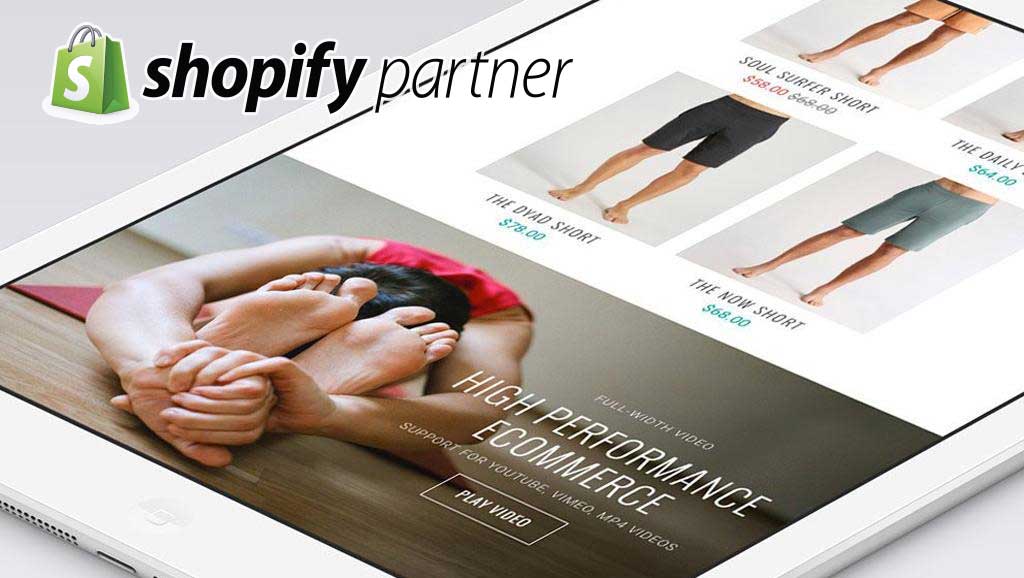
If your products aren’t showing up with a quick Google search, you’re missing out on loads of potential customers.
If your product is on page 3, you may not get any traffic at all.
The top 2 or 3 results get most of the traffic and the numbers plumit after that. Many people never get past the first page.
Ideally, you want to get your products showing up at the top of page 1, but you’ll want to be on page 1 no matter what.
To do that, you need a plan and you need everyone in your team to buy into it.
The great thing is, if you run an ecommerce store you have a huge opportunity:
Get the formula right for optimising your product descriptions and you can implement it across every product on your website.
Yes, it’s a bit of work to set up, but the graft will pay off and will set you apart from the crowd.
Shopify’s Ivan Kreimer says that there are two problems with most online stores’ product descriptions:
- They focus on their features, not their benefits
- They are simply boring and unappealing
So there’s a huge opportunity for you to engage your visitors with more persuasive and informative copy.
In the product description, you need to think beyond the features and start selling the benefits.
A common mistake is to simply copy and paste the manufacturer’s product descriptions. Don’t do that.
Instead, give your descriptions a more personal and unique touch.
Original sales copy will stand out and since many sites will use generic product descriptions, you’ll be rewarded with a better position in the search results.
Write informative and persuasive product descriptions and you’ll not only start to see better rankings but you’ll see increased conversions as well.
If all the info a customer needs to make a purchase decision is on your page, they don’t need to click away. That means they’re more likely to click that ‘buy now’ button.
Multiply this approach across all your product pages and you can make a real impact.
Exciting isn’t it. With just a few tweaks to your existing process, you can start increasing sales.
So where do you start?
Optimise Titles and Tags
There are 3 elements that need the most attention when optimising product pages for the search engines. They are:
- Page title tag (max 60 characters)
- H1 tag
- Image alt and image title tags
In some ecommerce platforms, title tags may be generated automatically by merging the brand and product name fields.
You need to introduce keywords into these tags.
Think about how customers search for products and try to include those search terms in the product name.
Manufacturers are generally really poor doing this. So you’ll have a big advantage over any competitors who are just copying and pasting their descriptions.
For example, Burton Snowboards supply a jacket called the Men’s Burton Sylus. So you might want to include the keywords ‘snowboard’ and ‘jacket’ in the title. That way you’re going to appeal to a much broader set of longtail search terms. The product title becomes Men’s Burton Sylus Snowboard Jacket.
When you’re in retail, it’s easy to get so close to the product that you forget that ordinary people will search using simple generic keywords. Put yourself in the customer’s shoes and remember that great French expression ‘call a cat a cat’.
To help you choose high performing keywords, use Google Instant or a keyword tool like Ubersuggest
Please note: The title tag can be a maximum of 66 characters long (including the automatically generated price) so you need to be concise. Longer than this and the clickable link in the search engine results pages will be trimmed. Use the =LEN formula in Excel if unsure.
Optimal title length. Google typically displays the first 50-60 characters of a title tag. If you keep your titles under 60 characters, our research suggests that you can expect about 90% of your titles to display properly.